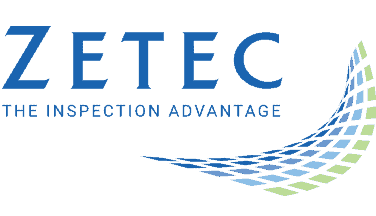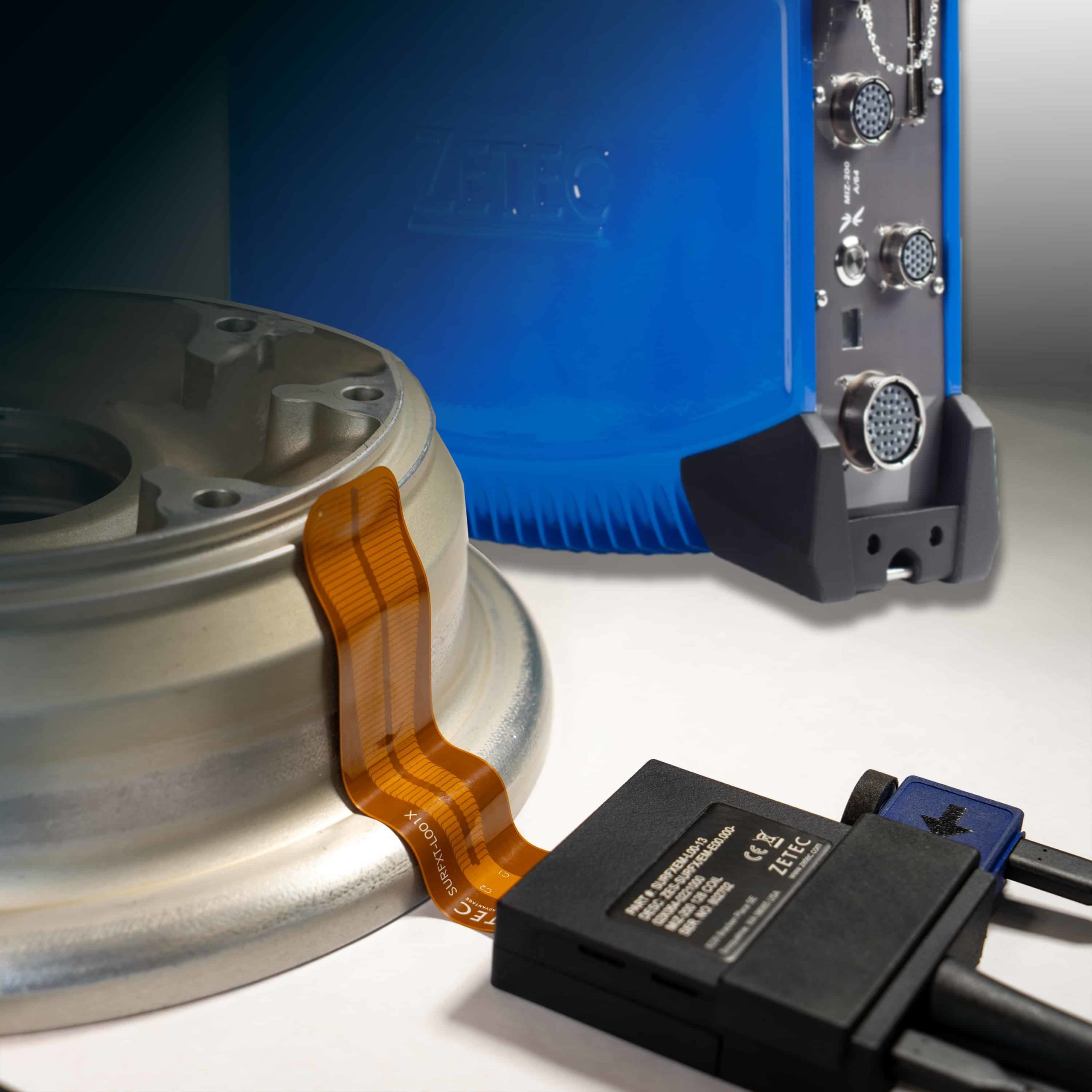The Advantages of Eddy Current Tests on Large Area Surfaces
Eddy current testing (ECT) has become one of the most popular nondestructive testing (NDT) techniques for inspecting conductive materials for surface and subsurface flaws. Eddy current testing of large areas or complex surfaces can be taken to the next level with an eddy current array (ECA)—a system capable of producing detailed three-dimensional renderings of flaws, including extremely small indications that can elude other NDT techniques.
ECA has the benefit of quickly performing an eddy current test on a large area without the need for coupling fluid, making it an ideal technology for identifying cracks, signs of fatigue, corrosion, and other surface and near-surface flaws. Here, we can discuss some of the major types of flaws that affect metal surfaces and how ECA can improve the ability to detect them.
How ECT Works to Uncover Flaws
Basics of Eddy Current Testing (ECT)
ECT uses the principle of electromagnetic induction to test for flaws in conductive materials. In its most basic form, a single-coil ECT probe is energized with an alternating electrical current, which generates an oscillating magnetic field around itself. When the probe approaches a test piece made of a conductive material, it induces an eddy current in the material.
Any flaws or discontinuities in the test piece cause changes in the eddy current’s amplitude, measured by the probe and used to generate a visual representation of the test surface.
ECT has several advantages over other NDT techniques:
- Can be used with both ferrous and non-ferrous materials, as long as they are electrically conductive
- Can penetrate non-conductive coatings
- No coupling fluid or surface preparation required
- Produces a computerized record of the inspection
Common applications of ECT include surface inspection, corrosion detection, bolt hole inspection, and weld inspection.
Eddy Current Array: Eddy Current Testing for Large Areas
Some of the drawbacks of single-coil ECT are that it can only be used to test a small area at a time and can only reliably detect flaws that are oriented perpendicular to the eddy current. This is fine when the direction of potential linear flaws like cracks is known, but getting a thorough picture of the test piece, including flaws in multiple orientations, requires multiple passes, increasing inspection time.
The eddy current array (ECA) overcomes this limitation by combining several single-coil ECT probes on a grid that produce signals in both the axial (direction of scan) and transverse (perpendicular to scan) directions. The coils fire in a coordinated way to create a three-dimensional image of the surface and subsurface in a single pass, simplifying eddy current testing of large areas and speeding up inspection times by as much as 95 percent compared to traditional probing techniques.
Compared to single-coil ECT, some of the advantages of ECA include:
- Faster inspection time
- Easier technique
- More accurate and repeatable results
- More information captured in a single pass
- Can find linear flaws
- Provides high confidence in full surface coverage
- Powerful reporting and data recording capabilities
Types of flaws
Several types of flaws can occur on metal surfaces. ECA inspection is effective at detecting most types of linear and volumetric discontinuities, such as:
- Cracks
- Incomplete fusion/separation
- Pitting corrosion
- Porosity/voids
Linear flaws: Cracks, Laps, Separation
ECA inspection is ideal for detecting cracks and other linear discontinuities caused by fatigue or manufacturing flaws. It can identify all kinds of surface and internal cracks, including:
- Stress/fatigue fractures
- Tip cracks
- Weld root cracks
- Forging bursts
- Incomplete fusion/forging laps
The best eddy current instruments can detect cracks for complex inspections like tubing using multiple frequencies and dual options and can detect cracks as small as 0.1 mm or less in depth.
The 3D renderings produced by ECA inspection make it easy to see where cracks are developing and their orientations. Furthermore, ECA can show variations in crack size and depth that may not be visible with other NDT techniques like liquid penetrant testing (PT) or magnetic particle testing (MT).
| Watch our webinar to learn more about the advantages of eddy current array (ECA) testing compared to liquid penetrant testing (PT) and magnetic particle testing (MT). |
Volumetric flaws: Corrosion, Pitting, Voids
ECA’s three-dimensional imaging capability also makes it effective for identifying volumetric flaws like voids, pitting corrosion, or generalized corrosion and distinguishing these flaws from linear ones.
ECA effectively penetrates tough welding sections to detect indications of corrosion. The signal-to-noise ratio can help pinpoint the slightest deviations or material losses resulting from corrosion, in addition to abnormal changes in thickness.
Corrosion can often produce multiple flaw types simultaneously, such as pitting and corrosion cracking. The ability to see indications in both the axial and transverse directions makes it easier to distinguish between these flaw types, providing a clearer picture of the problem and its causes.
While single-coil ECT, PT, and even visual inspection might all be able to detect corrosion, the specific types of flaws might not be obvious. For example, ECA’s axial and transverse channels clearly distinguish between volumetric flaws visible on both channels and linear flaws, which only show up on the channel perpendicular to the flaw.
ECA Technology for Eddy Current Testing on Large Areas
From detecting extremely small indications to performing eddy current tests on large area surfaces in a single pass, Zetec can help.
Zetec has been a global NDT leader for over 50 years, and we’re constantly advancing the science and technology of eddy current testing and other NDT technologies. Zetec’s proven expertise and product portfolio set the standard for the inspection needs of the aerospace, transportation, power generation, manufacturing, and oil and gas industries.
When it comes to performance, accuracy, dependability, and affordability, eddy current array solutions may be a key asset. To learn more about our ECA inspection solutions for your company, contact Zetec today.

